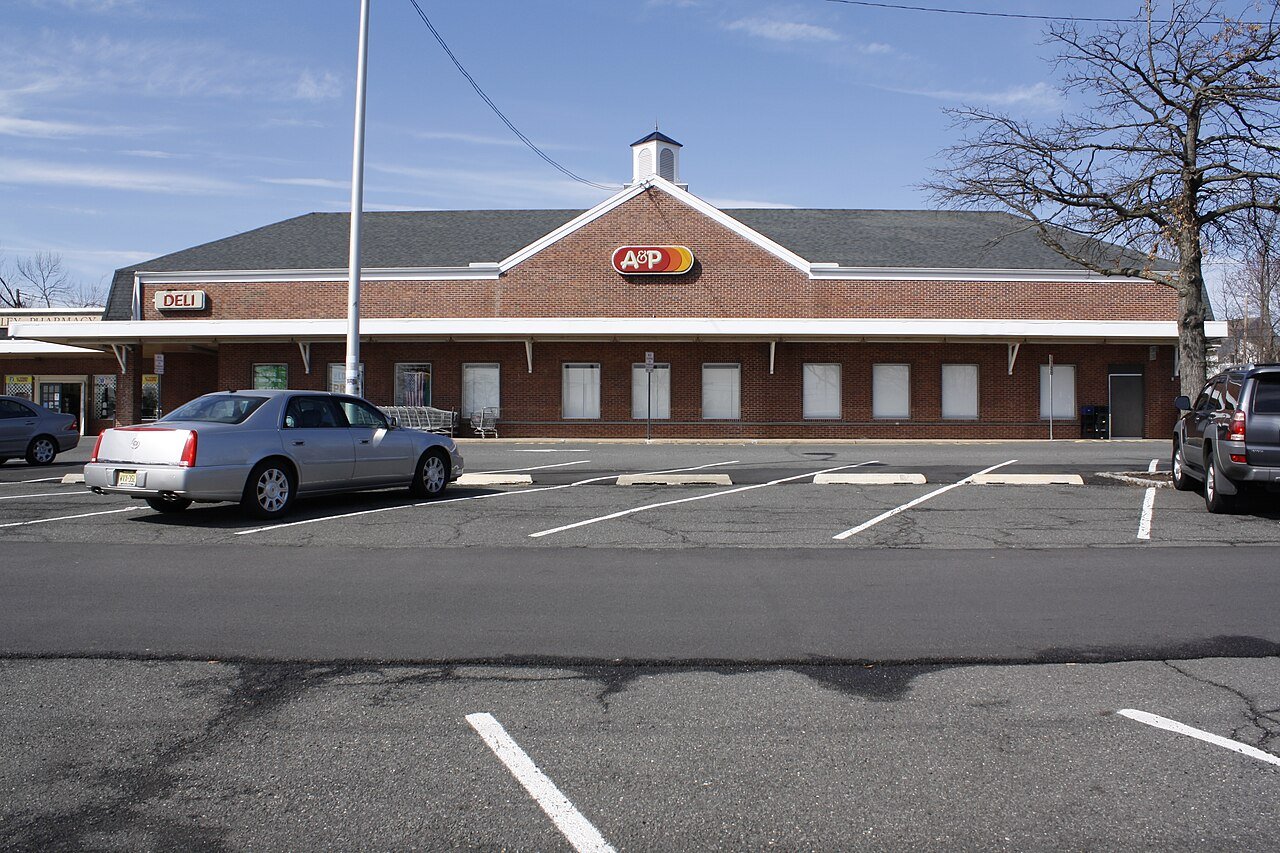What happened to A&P The fall of America’s original grocery giant
TRENTON, NJ — Once one of the most popular grocery store chains in the New York and New Jersey area, A&P has been gone for 15 years now.
A&P — short for the Great Atlantic and Pacific Tea Company — rose to become a national retail powerhouse before vanishing from the shelves it once ruled. At its peak, A&P operated thousands of stores across the country, transforming the way Americans bought food. But after more than 150 years in business, the chain quietly disappeared. So what led to the downfall of this retail giant?
Founded in 1859 by George Gilman, A&P began as the Great American Tea Company, initially wholesaling tea to merchants before shifting to direct consumer sales. By 1863, Gilman opened the first A&P retail stores in New York City, offering high-quality tea and coffee at affordable prices by cutting out the middleman. This approach quickly caught on, and with the help of his business partner George Huntington Hartford, the company expanded rapidly.
By the 1870s, A&P had begun to revolutionize the retail landscape. It offered branded goods like Thea Nectar and was among the first to use prepackaging and national marketing strategies. The company’s “premium” system — where shoppers received gifts with purchases — created a loyal customer base. It also launched one of the country’s earliest mail-order services, bringing its products to rural customers across the growing nation.
As national infrastructure improved, particularly with the completion of the transcontinental railroad in 1869, A&P grew from a regional tea company into a full-fledged grocery empire. By the early 20th century, it was one of the first national grocery chains, offering consistent quality, low prices, and a wide product selection under a single roof — setting the blueprint for modern supermarkets.
From retail dominance to quiet decline
When Walmart entered the grocery industry, it began to hurt smaller grocery stores like A&P.
Despite decades of dominance, A&P’s success began to erode in the latter half of the 20th century. The same aggressive pricing and expansion that once propelled its growth became unsustainable in the face of rising competition, changing consumer preferences, and evolving retail models. The company filed for bankruptcy twice, first in 2010 and again in 2015, marking the end of its presence in the U.S. market.
The company’s headquarters in Montvale, New Jersey was demolished and replaced with townhomes a short time later.
What once was a pioneer of modern grocery retail quietly exited the stage, leaving behind a legacy of innovation and a cautionary tale of how even the most powerful brands can fade without adaptation.

